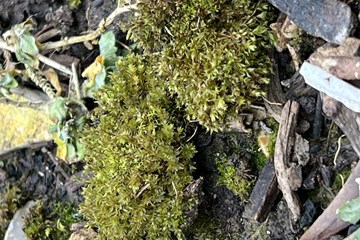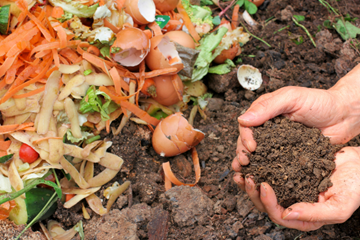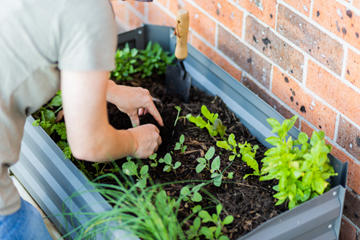Tips for a wildlife friendly garden
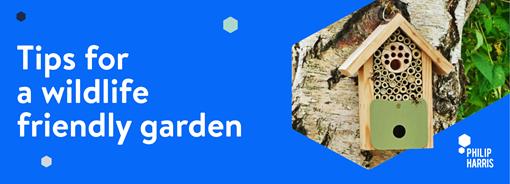
A wildlife friendly garden is an interesting, interactive learning resource to have within the grounds of your school and can work in all settings, urban, suburban and rural. Here’s how to join all the schools we talk to who have already set up a wildlife garden.
How to set up a wildlife garden
Wildlife gardens come in all shapes and sizes. Wildlife can be enticed to your school grounds with as little as some pots of pollinator friendly plants and a cosy bug hotel. Or if you have the luxury of more spacious school grounds, a whole section could be dedicated to your wildlife friendly garden.
Setting up the wildlife garden is an interesting task in itself and could even involve your students, to foster a sense of ownership of the school wildlife garden.
Planning your wildlife friendly garden
Firstly plan your garden. The location should be accessible to all students to visit and have a water supply, ideally through rainwater harvesting such as a water butt. Consider the soil type, you could use a soil tester; and whether your chosen area is sunny or shady, as this will influence which plants will grow in your garden.
Now on to the exciting part, the design of your wildlife garden. Lay out what will go where and remember hard landscaping such as paths, raised beds, storage and learning areas, as well as plants and habitats.
Select plants for pollinators
Provide a variety of plants which are attractive to pollinators including bees and butterflies, such as scabious, geraniums, sedums, phlox and lavender. If you have space, shrubs such as buddleia aka a butterfly bush, honeysuckle or cottoneaster can be added.
Choose some edibles such as chives, onions, oregano or even sunflowers; your students can enjoy the harvest later in the year. It is easy to grow all of these plants from seed and a seed pack is a great place to start.
You could also allow an area to grow wild. Leave a section of grass uncut between May and September, to allow pollen rich plants such as daisy, buttercup, clover, cowslips and birds-foot-trefoil to thrive and attract pollinators. Forgoing some of the grass cutting regime also saves on any fossil fuels used to power the grass cutting equipment too.
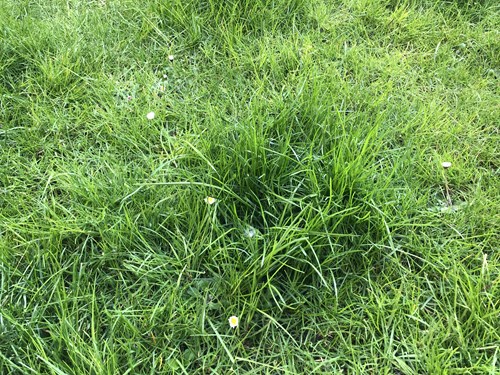
Provide habitats for wildlife
You can provide a habitat for bees, ladybirds and other insects with a bee and bug hotel like the one below.
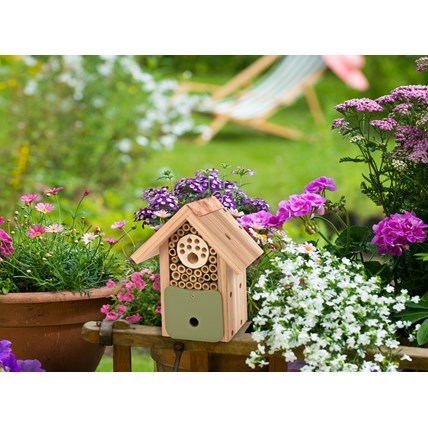
Alternatively create a hibernaculum, a sanctuary for even more classes of wildlife including reptiles, amphibians and small mammals. Dig a hole approx 50m deep, and then build up using recycled materials from grounds maintenance such as logs, branches, rocks and stones. Add in some access tubes such as pipes or hollow bamboo for the new inhabitants to make their way in.
If space permits, a small pond area is great for amphibians too.
Areas of foliage such as ivy, trees and bird boxes are all havens for birds in your garden. Whilst mosses provide a habitat for tiny microorganisms such as nematodes and tardigrades.
A compost heap is not only a great way to recycle clippings from your garden, but also provides a food source and habitat.
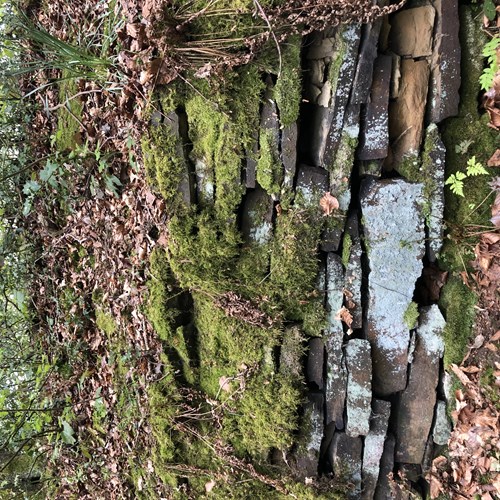
Hard landscaping
Access to the wildlife garden must be accessible to all students, so think about the paths to/from and around the garden. For sustainability, try to use reclaimed materials.
Create an outdoor learning space for your garden. This could be simple benches and ideally covered to shelter from rain, wind and the sun.
You will need a secure storage area for tools and equipment. And remember a water butt and a compost heap too.
Now that you have your garden set up, it is time to use it for learning.
Activities to try in your wildlife friendly garden
A wildlife garden provides a wealth of learning opportunities for all ages. Some of our favourites are:
- Growing plants and your own veg from seed, to learn all about the plant life cycle.
- Working scientifically skills such as using a grid quadrat for sampling numbers of an individual species, species richness or percentage cover.
- Spotting and monitoring biodiversity using identification guides or even looking for microorganisms on a Moss Safari.
- Learning about sustainability from hardscaping such as rainwater harvesting and reclaimed materials for paths and raised beds.
- Climate change inspired activities to investigate the impact climate change is having on where species are choosing to live.
- Make compost for your garden.
- Grow your own fruit, vegetables and herbs
These are just our top five, the learning opportunities are only limited by your imagination!
Tell us about your wildlife garden
How did you set up your wildlife garden and what have you learned from it? Tell us all about it on our Twitter and Facebook pages. Lets share our discoveries and learnings together




